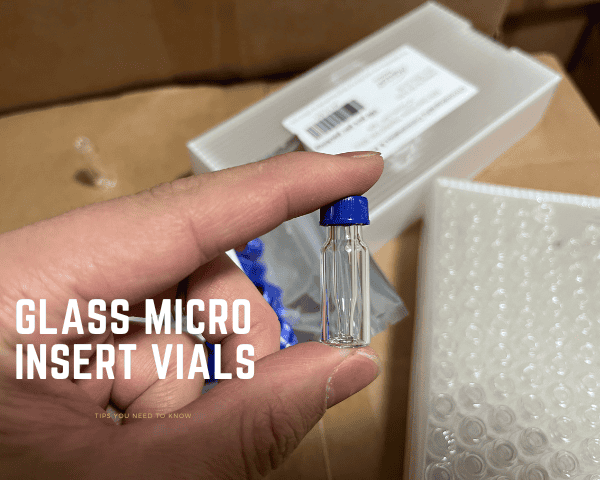Introduction
In chromatography, the smallest details can make the biggest difference. Proper vial selection is one such detail that significantly impacts your results. In this article, we will explore why choosing the right vials is crucial and how it can enhance your chromatography outcomes.
Answer Section
Proper vial selection impacts chromatography results by preventing contamination, ensuring sample integrity, and providing accurate, reliable data.
The Importance of Vial Material
Glass vs. Plastic Vials
- Glass Vials: Preferred for their inertness and clarity, glass vials do not react with most solvents, reducing contamination risks.
- Plastic Vials: While more resistant to breakage, plastic vials can interact with certain chemicals, potentially compromising the sample’s integrity.
Clear vs. Amber Vials
- Clear Vials: Suitable for most samples, providing clear visibility.
- Amber Vials: Essential for light-sensitive samples, protecting them from UV light degradation and ensuring accurate results.
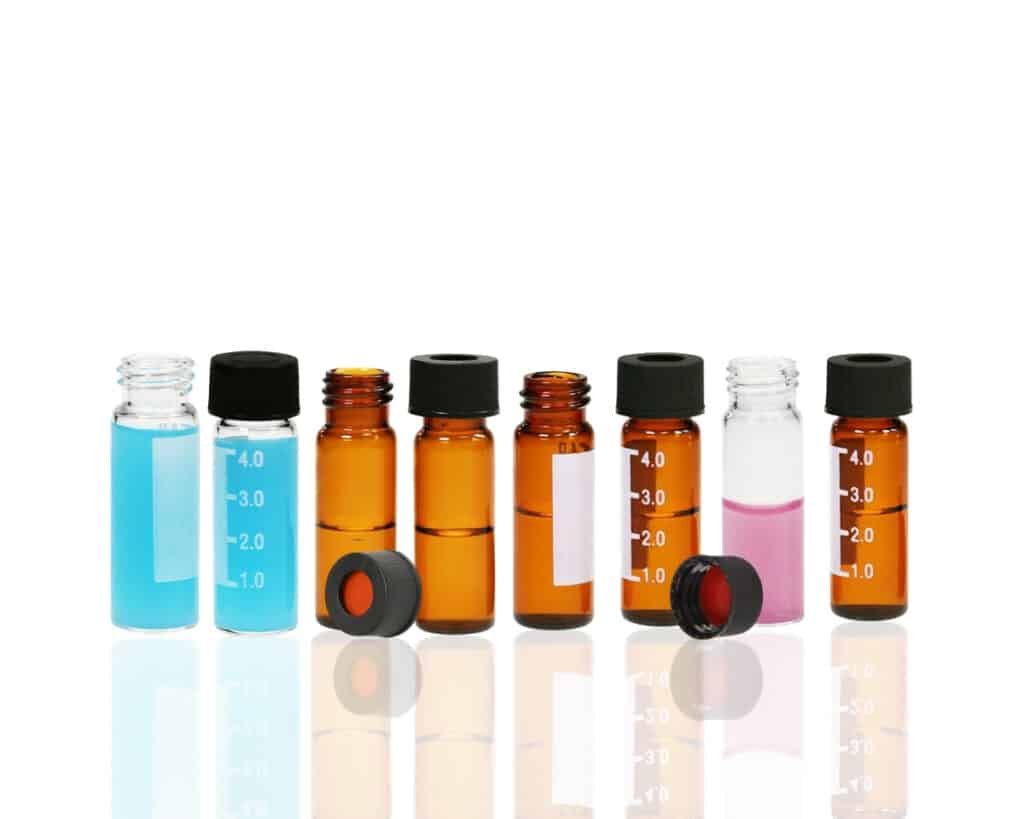

The Role of Vial Closure Systems
Screw-Thread vs. Crimp-Top Closures
- Screw-Thread Vials: Convenient and provide a good seal for most applications.
- Crimp-Top Vials: Offer the most secure seal, minimizing evaporation and contamination risks, crucial for maintaining sample integrity.
Septa Material
- PTFE/Silicone Septa: Popular due to their chemical resistance and resealability. Using the wrong septa material can lead to leaks or contamination, affecting the sample’s accuracy.
Sample Volume and Vial Size
Micro vs. Standard Vials
- Micro Vials: Micro Vials: Designed for limited sample volumes, reducing waste. Commonly, we have around 250µL Micro insert vials in both PP (polypropylene) and glass materials. Glass vials are used for applications requiring high chemical resistance and sample clarity, such as HPLC and GC. PP vials are suitable for ion chromatography (IC) and capillary electrophoresis (CE) due to their flexibility and durability.
- Standard Vials: Typically 2 mL, used for larger volumes. Matching vial size to sample volume prevents excessive headspace or insufficient sample quantity, both of which can affect results.
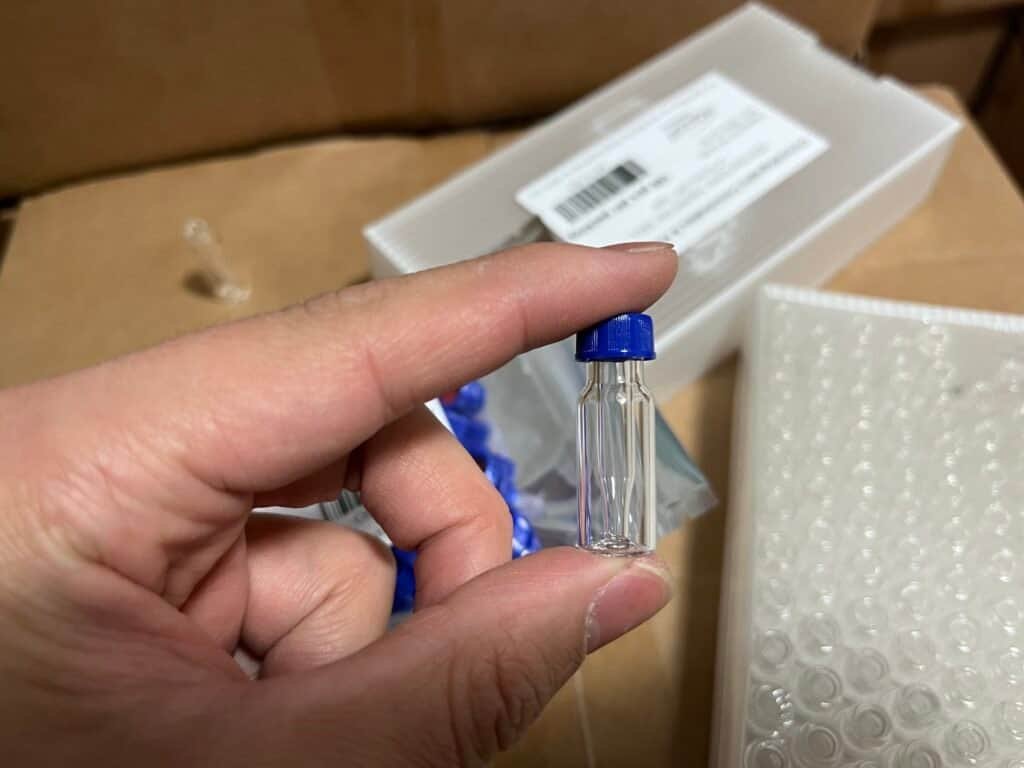
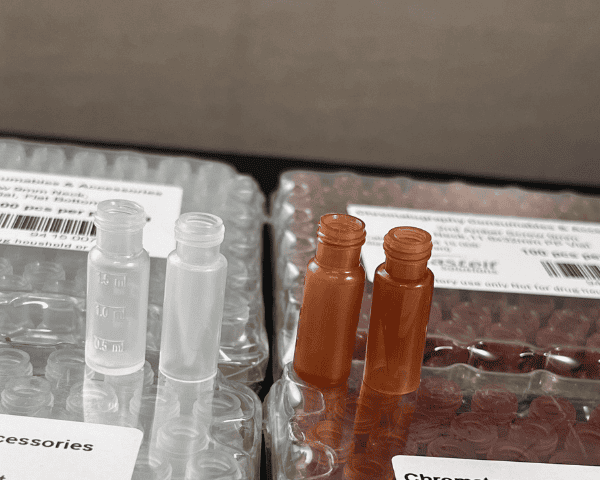
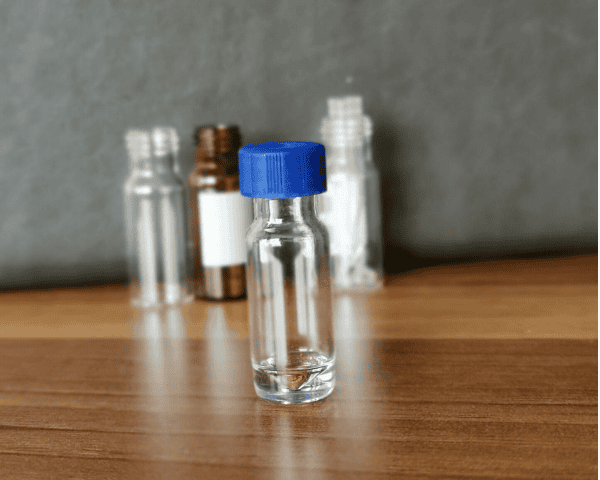
Fill Volume Considerations
- Overfilling or underfilling vials can lead to issues with sample injection and accurate quantification. Filling vials to the recommended level ensures reproducible results.
Vial Cleanliness and Preparation
Pre-cleaned vs. Non-Cleaned Vials
- Pre-cleaned Vials: Save time and reduce contamination risk from residues.
- Non-cleaned Vials: Require thorough cleaning before use, which can be time-consuming and still risk inconsistent cleanliness.
Handling and Storage
- Proper handling and storage prevent contamination from dust, oils, and other contaminants. Always use gloves and store vials in a clean, dry environment.
Specialized Vials for Specific Applications
HPLC Vials
- High-performance liquid chromatography (HPLC) requires vials that withstand high pressure and are free from contaminants affecting the chromatography process.
Headspace Vials
- Used for gas chromatography, these vials withstand pressure changes during sample heating, crucial for accurate headspace analysis.
Snap Cap Vials
- Convenient for quick and easy sample preparation but may not provide the best seal for long-term storage.
How Vial Selection Affects Chromatography Outcomes
Reducing Contamination Risks
- Proper vial selection minimizes contamination, ensuring that the sample remains pure and unaltered.
Enhancing Sample Integrity
- The right vial material and closure systems maintain the sample’s integrity, preventing degradation or evaporation.
Improving Data Accuracy
- Accurate vial selection leads to consistent sample volumes and prevents issues during injection, resulting in reliable and precise data.
Practical Tips for Vial Selection
Know Your Application
- Different applications have unique requirements. For instance, choose amber vials for light-sensitive samples and glass vials for solvent-resistant needs.
Consider the Closure System
- Select closure systems based on the level of seal required. For high-security needs, opt for crimp-top vials.
Match Vial Size to Sample Volume
- Ensure that the vial size matches the sample volume to avoid headspace issues and ensure accurate quantification.
Invest in Pre-cleaned Vials
- To save time and ensure consistency, invest in pre-cleaned vials, especially for critical applications.
Conclusion
Selecting the right vials for chromatography is more than just a choice of container; it’s a crucial factor that influences the integrity and accuracy of your results. By understanding the impact of vial material, closure systems, sample volume, and cleanliness, you can make informed decisions that enhance the quality and reliability of your chromatography analyses. Always prioritize proper vial selection to ensure your experiments yield the best possible results.
For more information or to discuss your specific needs, feel free to contact us. Your perfect chromatography results start with the right vial selection.

